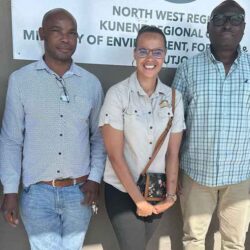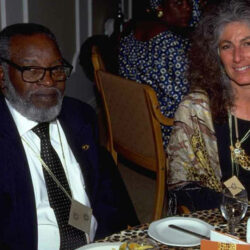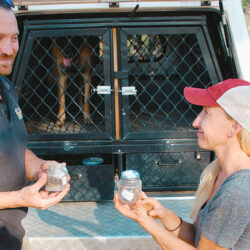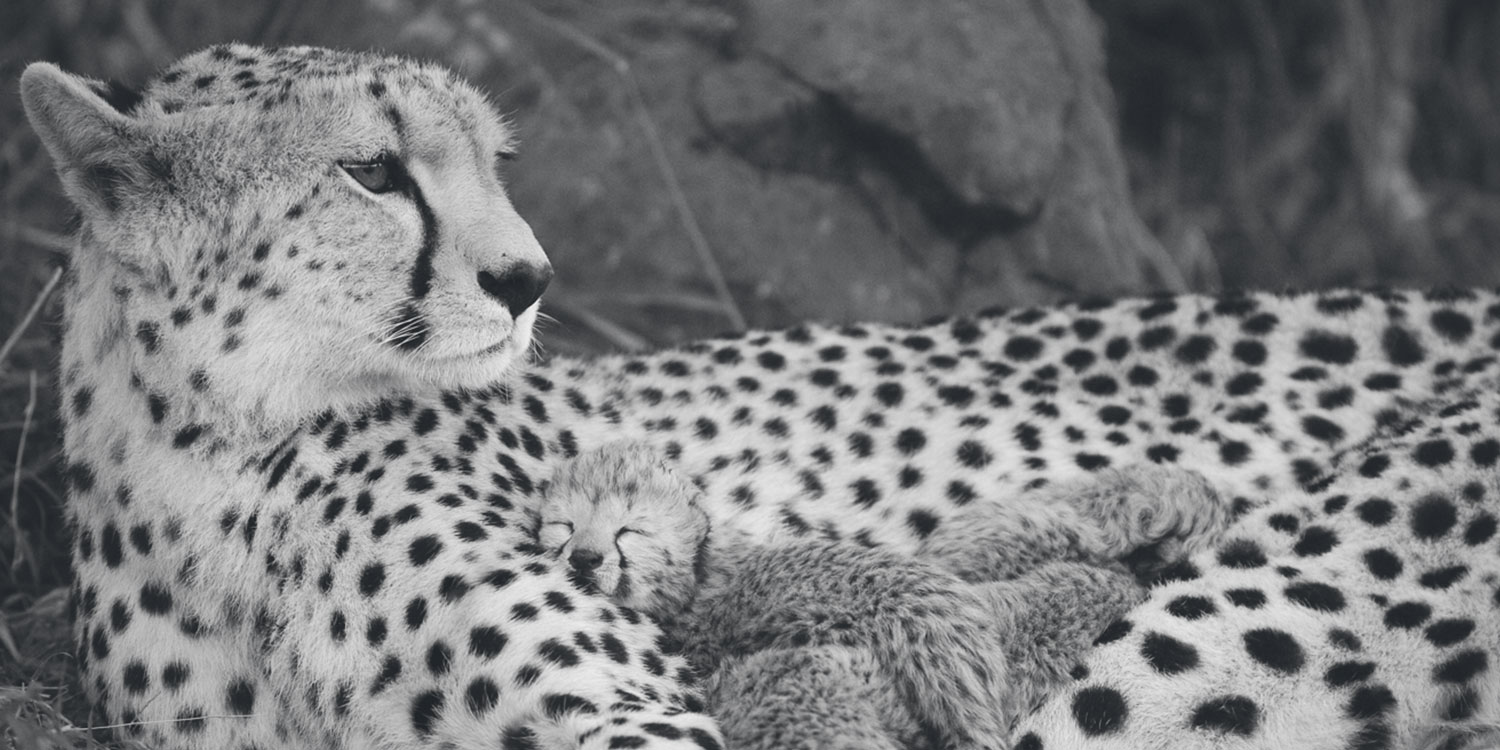The Art of Makalani Nuts: Richard and Eddie’s Craftsmanship in Namibia
-
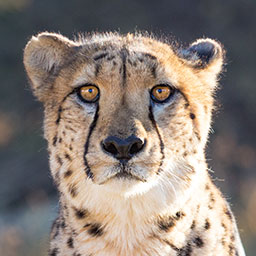
- by Heike Stackmann February 3, 2025
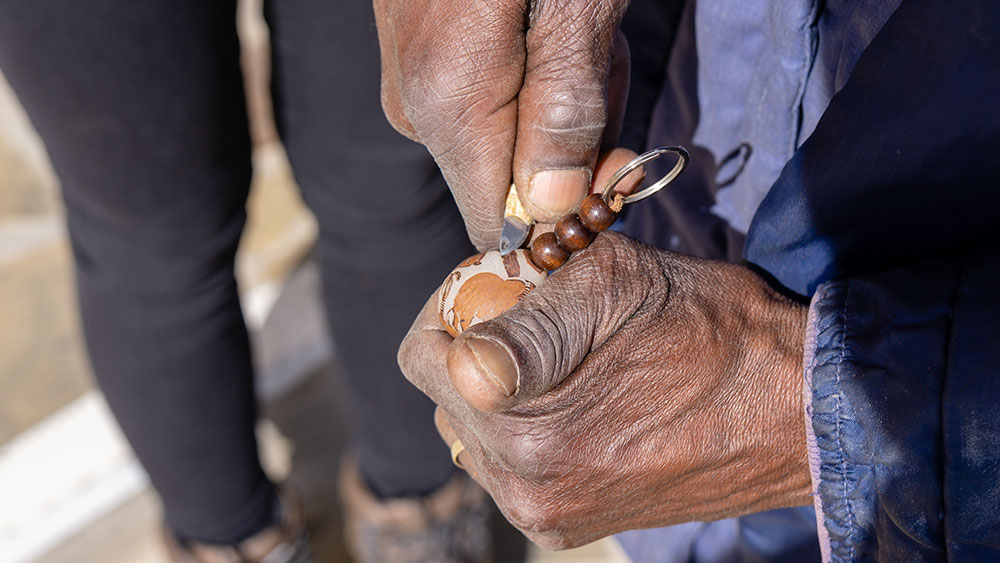
In Namibia, where the desert intersects with vibrant cultural traditions, Makalani nuts represent artistry, heritage, and resilience. For Richard Khairabeb and Eddie Gaoseb, two Damara-speaking Namibians from the Kunene Region, carving these distinctive nuts transcends mere craftsmanship—it’s a livelihood that connects them to their heritage and sustains their families.
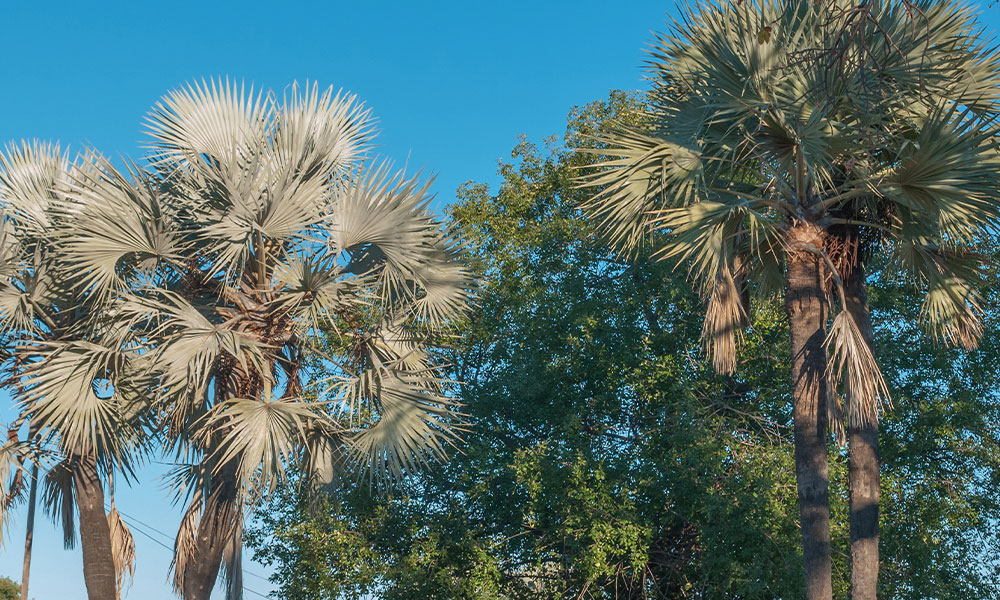
What are Makalani Nuts?
Makalani nuts are the seeds of the Makalani palm (Hyphaene petersiana), a tree native to Namibia’s savannas. These seeds have a hard, smooth surface ideal for intricate carvings, and they hold cultural, artistic, and economic value. Traditionally, Makalani nuts have been used by local artisans to create decorative items that capture the essence of Namibia’s natural beauty and wildlife.
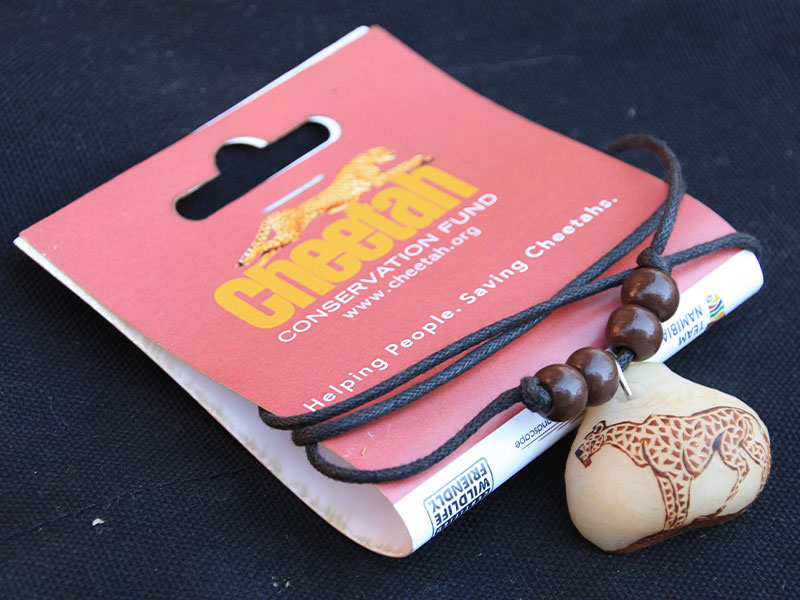
What can you make with Makalani Nuts?
For tourists, these intricately carved nuts are esteemed as significant souvenirs that symbolize their connection to the landscapes and inhabitants of Namibia. For artisans, these nuts serve as a sustainable medium through which they can demonstrate their craftsmanship and earn a livelihood. The carvings frequently depict Namibia’s emblematic wildlife, including oryx, elephants, and cheetahs, reflecting the nation’s abundant biodiversity. CCF primarily sells carved keychains and pendant necklaces.
Richard and Eddie grew up in Outjo and Fransfontein which are both in the Kunene Region. They now live in Otjiwarongo (Otjozondjupa Region).
Richard’s journey with Makalani nuts began through his cousin, who carved and sold them to tourists. While Richard initially helped by cleaning and preparing the nuts (removing an outer layer to expose the carving surface) he eventually learned to carve designs himself. The craft took on a new chapter after a tragic event: his cousin was robbed and killed during a trip to Windhoek. From that point on, Richard began carving his own designs, preserving the craft’s legacy.
Eddie entered the world of Makalani carving 24 years ago when he met Richard. Under Richard’s mentorship, Eddie mastered the skill, bringing his own strengths to the partnership. With a knowledge of German, Eddie has helped bridge communication with German-speaking visitors, a significant group in Namibia’s tourism sector. Together, the two have honed their craft into a source of pride and sustenance.
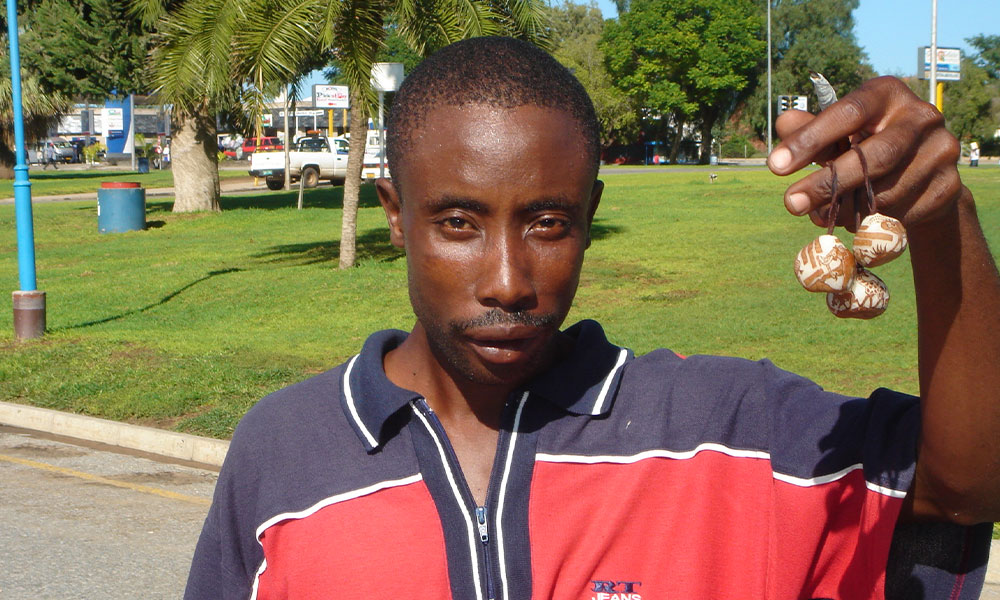
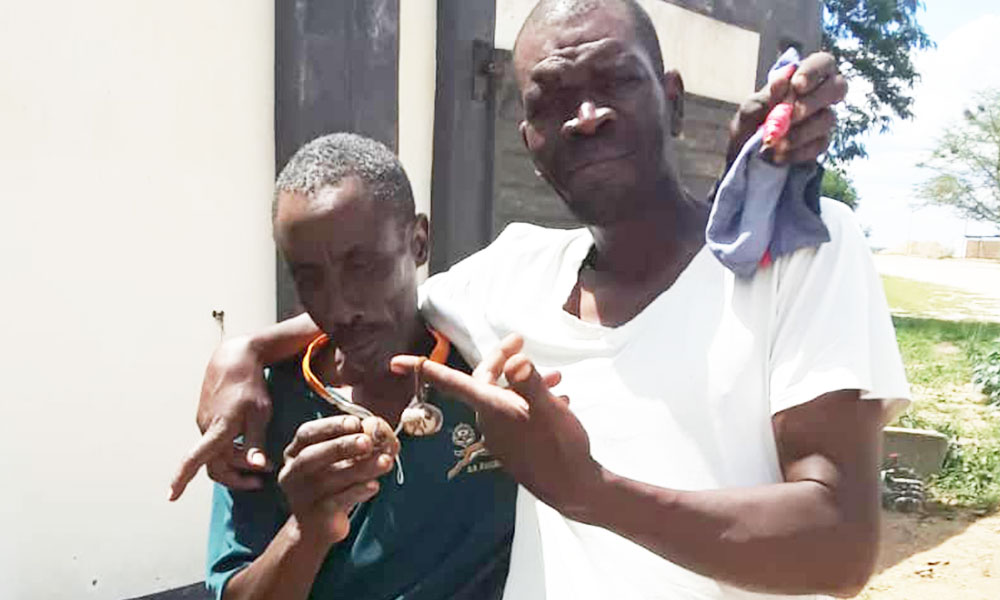
While Richard initially focused on carving oryx antelopes, a serendipitous encounter with Dr. Laurie Marker of the Cheetah Conservation Fund (CCF) shifted his focus. Laurie asked Richard to carve cheetahs onto the nuts, connecting his art to Namibia’s iconic big cats.
For over 20 years, Richard and Eddie have created unique cheetah-themed Makalani carvings for CCF’s gift shop and Dr. Marker’s overseas trips, blending their artistic talent with conservation awareness. These carvings highlight the importance of cheetah conservation while providing a meaningful income for the artisans.
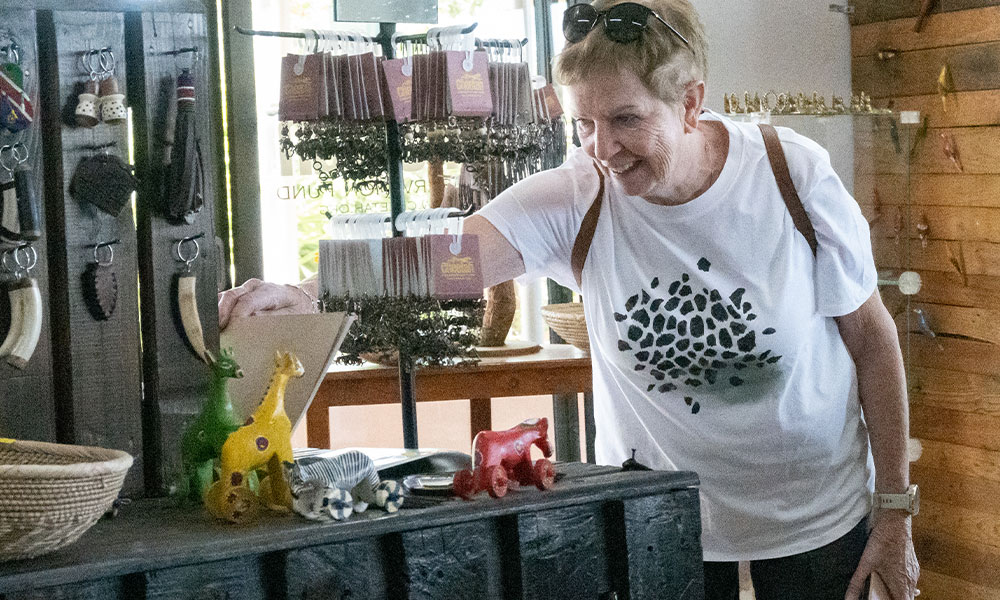
The carving of Makalani nuts represents more than a mere passion for Richard and Eddie; it serves as their primary source of income. Although they occasionally engage in supplementary employment, such as Richard’s prior position at a petrol station, their craft is fundamental to the sustenance of their families.
Richard is married with a grown daughter, a granddaughter, and a blended family of four stepchildren and seven step-grandchildren. Eddie, also married, supports his six children and one grandchild. As the primary breadwinners, their dedication to Makalani carving ensures stability for their loved ones.
Richard and Eddie’s beautiful carvings not only help support their families, but they also share the stunning natural beauty and rich cultural heritage of Namibia with the world. Their intricately designed Makalani nuts depict cheetahs, oryx, and other beloved wildlife, each carrying a story woven from their lives, hands, and the land they cherish. For visitors to Namibia and supporters of CCF, these carvings are not just souvenirs—they are heartfelt symbols of hope and incredible craftsmanship in a place filled with breathtaking beauty.
Related Reading
-
February 11, 2025
Eulogy for President Sam Nujoma -
February 28, 2023
#ScatWeek Kicks Off at CCF as Trainers Share Their Experience

